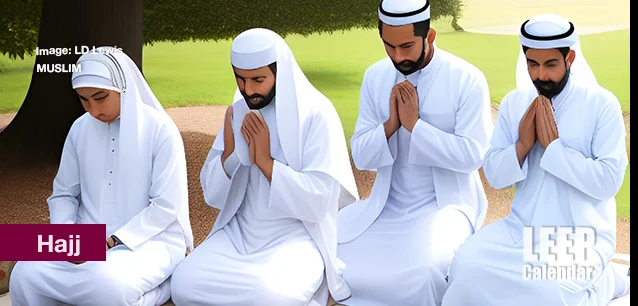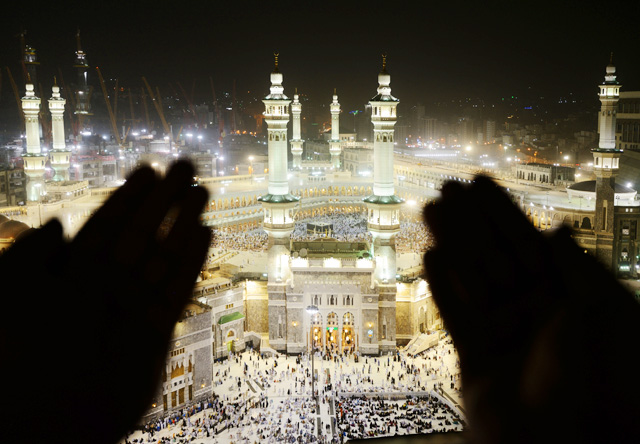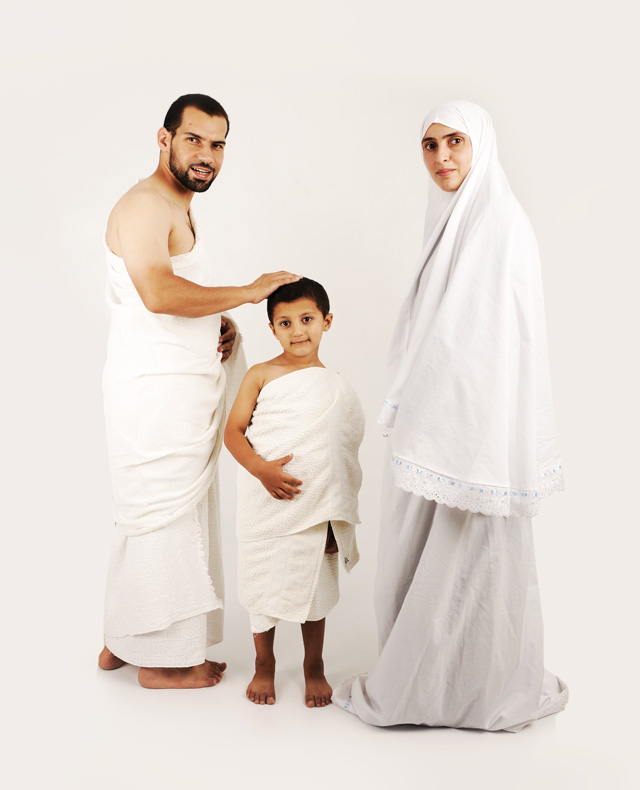 AD
AD
Country
- Africa
- Alcohol, Tobacco & Drugs
- Animals, Fish, Insects & Birds
- Anniversaries
- Australia
- Books
- Brazil & S.America
- Buddhism
Category
- Afghanistan, AF
- Aland Island, AX
- Albania, AL
- Algeria, DZ
- American, Samoa, AS
- Andarra, AD
- Angola, AO
- Anguilla, Al
Event Type
- Daily
- Weekly
- Annual
- Recurring
Duration
- All
- 1 Day
- 2 Day
- 3 Day
- 4 Day
- 5 Day
- 6 Day
Event Type
- Daily
- weekly
- Annual
- Recurring
Event Type
- Daily
- weekly
- Annual
- Recurring
Today is: October 16
Boss' Day, Ntl.
Cat Day, Global
Credit Union Day, Intl.
Customer Day Q4, Get to Know Your
Dictionary Day, Intl. (1758)
Fall Festival of Leaves, Ross County (US-OH)
Food Day, World
Get Smart About Credit Day, Ntl.
Museum Workers Day, Intl
New York City Wine and Food Festival, Capital One (US-NY)
Shakeout Day, Intl.
Spine Day, World
Spirit Day
Anti-Poverty Week, (AU)
Bone and Joint Action Week, Ntl.
Case Management Week, Ntl.
Coffee Week, (UK)
Diwali (Deepavali) (H)
Earth Science Week
Felabration (NG)
Food Bank Week, Ntl. (1945)
Food and Drug Interaction Education Week
Foot Health Week (AU)
IMF World Bank Summit (US-DC)
Infection Prevention Week, Intl.
MassKara Festival (PH)
Newspaper Week (JP)
Nutrition Week (AU)
OCD Awareness Week, Intl.
Pet Obesity Week, World
Pet Peeve Week, Ntl.
Recycle Now Week (UK)
Recycle Now Week (UK)
Recycle Week, Ntl. (UK)
School Lunch Week, Ntl.
School Safety Week, Ntl (CA)
Sterile Processing Week
Storytelling Festival, Scottish Intl. (UK)
Take Your Medicine Week, America
Urban Wildlife Week, Intl.
Veterans' Health Week (AU)
Veterinary Technician Week, Ntl.
Wildlife Refuge Week, Ntl.
ADHD Awareness Month
Adopt-a-Dog Month, (AHA)
Adopt-a-Shelter Dog Month
Alcohol Awareness Month, Collegiate Ntl.
Animal Safety and Protection Month, Ntl.
Antidepressant Death Awareness Month
Anxiety and Depression Awareness Month (AU)
Apple Month, Ntl.
Applejack Month
AquaTober
Architecture Month, Archtober
Arts and Humanities Month, Ntl.
Audiology Awareness Month, Ntl.
Autism Awareness Month (CA)
Bake and Decorate Month, Ntl.
Bat Appreciation Month
Battery Safety Month (Auto)
Bi-national Health Week (US/CA/MX-varies locally)
Big Draw, The
Bilingual Child Month, Celebrating the
Black History Month (UK)
Black Speculative Fiction Month
Bleeding Disorders Month, Ntl. (AU)
Blind Month, National Meet the
Blindness Awareness Month
Book Month, Ntl.
Breast Cancer Awareness Month, Ntl.
Bullying Month, Stop, Ntl.
Bullying Prevention Month, Ntl.
Caffeine Addiction Recovery Month
Car Care Month, Ntl. Fall
Caramel Month, Ntl.
Celiac Awareness Month (US)
Cheese Month, American
Chili Month, Ntl.
Chiropractic Health Month, Ntl.
Church Library Month
Church Safety and Security Month, Ntl.
Class Reunion Month
Clergy Appreciation Month
Co-op Advertising Awareness Month
Co-op Awareness Month
Company Culture Month, Global
Company Culture Month, Global
Computer Learning Month
Contact Lens Safety Month
Cookie Month
Corn Month
Country Ham Month
Country Music Month
Crime Prevention Month, Ntl.
Critical Illness Awareness Month
Cybersecurity Month, Ntl.
Danger Run (US-KY, IN, IL)
Dental Hygiene Month, Ntl.
Depression Education and Awareness Month
Dessert Month, Ntl.
Disability Employment Awareness Month
Diversity Awareness Month, Global
Domestic Violence Awareness Month
Down Syndrome Month, Ntl.
Dyslexia Awareness Month
Eat Better—Eat Together Month
Eczema Awareness Month
Emotional Intelligence Awareness Month
Energy Action Month, Ntl.
Ergonomics Month, Ntl.
Eye Injury Prevention Month
Fair Trade Month
Family History Month
Festival of Penha (BR-RJ)
Filipino American History Month (1587)
Financial Planning Month
Freethought, Month of, Ntl.
Gain the Inside Advantage Month, Ntl.
Gay and Lesbian History Month (1979)
German-American Heritage Month (1683)
Girls Night In (AU)
Go Sober Month (UK)
Golf Month, Australia
Great Cycle Challenge (AU)
Halloween Safety Month
Head Start Awareness Month
Health Literacy Month
Healthy Lung Month
Healthy Workplace Month (CA)
Hog-out Month (US-TX)
Home Eye Safety Month
Indigenous Peoples Month, Ntl. (PH)
Indoor Air Quality (IAQ) Month, Ntl.
Islamic History Month (CA)
Italian-American Heritage Month (1492)
Kartika (H)
Katik (S)
Kitchen and Bath Month, Ntl.
Learning Disabilities Month, Ntl. (CA/US)
Learning and Development Month, Ntl.
Liver Awareness Month, Ntl.
Long Term Care Planning Month
Lupus Awareness Month (UK)
Medical Librarians Month, Ntl.
Medicine Abuse Awareness, Ntl.
Menopause Month, World
Museums and Galleries Month (PH)
Muslim American Heritage Month (US)
Non-GMO Month, Ntl.
Organize Your Medical Information Month
Orthodontic Health Month, Ntl.
Pasta Month, Ntl.
Pedestrian Safety Month
Pescatarian Month, Ntl.
Pet Wellness Awareness Month, Ntl.
Pharmacist Month, American
Photographer Appreciation Month
Physical Therapy Month, Ntl.
Pickled Peppers Month
Pink Ribbon Breakfast (AU)
Pit Bull Awareness Month, Ntl.
Pituitary Awareness Month (UK)
Pizza Month, Ntl. (1984)
Polio Awareness Month, (CA/AU)
Polish-American Heritage Month
Popcorn Poppin' Month, Ntl.
Positive Attitude Month
Prenatal-onset GBS Disease Recognition Month
Pretzel Month, Ntl.
Principal's Month, Ntl.
Protect Your Hearing Month, Ntl.
Rabi al-Thani (M)
Reading Group Month, Ntl. (1917)
Rett Syndrome Awareness Month
Risk Awareness Week
Roller Skating Month, Ntl.
STEM Mentoring Month
Sarcastic Awareness Month
Sausage Month, Ntl.
School Libraries Month, Intl.
Seafood Month
Seed Gathering Seasons (UK)
Senior's Month (AU-QLD)
Sensory Awareness Month, Ntl.
Shoctober - Defibrillator National Awareness Month (AU)
Spina Bifida Awareness Month, Ntl.
Spinach Lovers Month
Spinal Health Month, Ntl.
Squirrel Awareness and Appreciation Month
Stamp Collecting Month, Ntl
Stop America's Violence Everywhere (SAVE) Month
Substance Abuse Preservation Month, Ntl.
Sudden Infant Death Syndrome (SIDS) Awareness Month
Sunday School Teacher Appreciation Month
Teentober
Tishrei (J)
Turner Prize Exhibition (UK)
U.S.-Mexico Border Health Month
Ultrasound Awareness Month
Unblocktober (UK)
Urban October
Vegetarian Month
Walk To School Month, Intl.
Wild About Gardens Week (UK)
Window Covering Safety Month, Ntl.
Winter Weather Preparedness Weeks (Varies by Location)
Wishbones for Pets (US/CA)
Women's History Month (CA)
Women's Small Business Month
Work and Family Month, Ntl.
Workplace Politics Awareness Month
Youth Justice Action Month, Ntl.
LEEP Calendar
Scroll to explore events active on this date.
Additional Events on LEEP
LEEP INK FEATURES

August? Absolutely!
In August, we live through the Dog Days of Summer. It's hot and often humid, and those who can leave for better climates do. Down south, winter is in full force. August is also known as "the ...

In The Heat of July: July 2025 Events
Is it hot enough (or cold enough if you're below the equator) for you yet? There is actually a day for that! Like every month, I pick a diverse collection of events you may or may not know about. This ...

May Blooms: Events in May 2025
Along with October, May is one of the most densely packed months of the year. It's before the summer humidity and the last whole month of the school year. The weather is warming in t...
About the Hajj Pilgrimage
Ends: Jun 19, 2024
DESCRIPTION:
Hajj is the pilgrimage to Mecca that devout Muslims endeavor to do at least once in their lifetime. When performed during the first 8-12/13 days of the Islamic month of Duh al-Hijjah, it is called Hajj, and when practiced at other times of the year, it is called Umrah.
The following is a general description of Hajj al-Tamatt'u, the most common pilgrimage.
Each year during Hajj, millions of people from around the world descend on the Saudi Arabian city of Mecca to perform the rituals of Hajj. One of the first places visited is the black box, the Kaaba. Muslims walk around counterclockwise seven times, three separate times during the pilgrimage. The word for this encircling is "tawaf."
The Kaaba marks where Muslims believe Adam and Eve built the first house of worship, and Abram (hereafter referred to as Abraham (Ibrahim)) rebuilt it thousands of years later. In the Muslim faith, they refer to this as "the first house of the only true God." It is the Kaaba that Muslims face when they pray.
Muslims believe it was here that God asked Abraham to sacrifice his son Ishmael.* The Kaaba is believed to be the same size as Abraham's original temple.
Performing Hajj is a 5-6 day process representing one of Islam's five pillars.
FIVE PILLARS OF ISLAM
Charity.
Testimony of faith.
Praying five times a day.
Fasting during the month of Ramadan.
Performing Hajj.
All acts of devotion during the first ten days of Dhu al-Hijjah are highly rewarded and blessed.
Fasting on the 9th day is known as al Nisai and Abu Dawud. Fasting on this day removes one's sins for the next two years.
How is Hajj performed?
Day 1) Commences on the 8th day of the Islamic month of Dhu al-Hijjah.
Step 1) Muslims change from everyday wear to ceremonial clothing called "ihram" upon arriving. Often in the airports around Saudi Arabia, you will see pilgrims flying in traditional clothing before arrival.
Step 2: Dressed in their ihram, pilgrims perform "tawaf," circling the Kaaba seven times (3 times running, four times walking) counterclockwise.
Step 3) After performing the first tawaf, pilgrims walk between the two hills of Safa and Marwa several times to the town of Mina, where they spend the night. The hills are where Hagar ran back and forth seven times, looking for water for Ishmael, and God took pity and created a spring for her. Pilgrims replicate the running back and forth through this ritual called "masa." The spring Muslims believe God created for Hagar is called Zamzam.
Mina, where the day's journey ends, is the location of the three pillars (Jamrat al-Aqaba, Jamrat al-Wusta & Jamrat al-Sughra), representing the three times the devil tempted Abraham.
Day 2: Performed on the 9th day of the Islamic month of Dhu al-Hijjah.
Step 1) This day is about walking from Mina to Arafat, approximately 6 miles; it is called the "waqf," or day of vigil. Pilgrims stand from noon until sunset in Arafat as part of Hajj, and Arafat is where the prophet Mohammed delivered his last sermon in 632 AD.
Step 2) Leaving Arafat after nightfall, pilgrims walk to Muzdalifa, about 4 miles, and collect 49 stones along the way. They spend the night in Muzdalifa under the stars, and most pilgrims will fast on this day.
Day 3: Eid al-Adha, the 10th day of the Islamic month of Dhu al-Hijjah.
Step 1) Pilgrims walk from Muzdalifa to Mina and throw stones at the devil, represented by the largest of the three pillars (Jamrat al-Aqaba). Day three is a day of celebration.
Step 2) Pilgrims walk to Mecca from Mina to perform the second tawaf, walking seven times around the Kaaba.
Step 3) They walk again between the hills of Safa and Marwa, returning to Mina.
Step 4) Animals are sacrificed. The meat is cooked and distributed to commemorate Abraham's willingness to sacrifice his son to God and God's acceptance of a sheep instead. A vast feast follows, with large portions going to the poor. Unlike sacrifices in other faiths, in Islam, the gift of an animal's life is not done to please God. It is performed to remember Abraham's obedience and for charity. One sheep or goat equals one person, and a camel or cow's sacrifice equals seven people. Only those who can afford to make a sacrifice will do so, often paying for those without funds.
Days 4-6: the 11th - 13th days of the Islamic month of Dhu al-Hijjah
On each day of this final period (2 or 3 days), pilgrims return to the three pillars representing the devil and stone them in a specific order. This uses up the remaining stones of the 49 collected on the second day. On the final day of Hajj, pilgrims change clothes, replacing the "iharm" with their standard attire to perform their third and final tawaf around the Kaaba.
Upon completing Hajj, Muslims may now refer to themselves as 'alhaji' (male) or 'alhaja' (female). Like confirmation in Christianity or Bar/Bat Mitzvah in Judaism, this is a title of accomplishment in the Islamic faith.
_________
*NOTE: The son referenced in this story is an area where Islam, Judaism, and Christianity differ in scripture. Christians and Jews believe it was Isaac, the son of Abraham's first wife, Sara. Muslims believe it was Ishmael, the son of Sara's handmaid Hagar, Abraham's second wife.
_________
VIDEOS
SUPPORTING DOCUMENTS
Currently, this event does not have supporting documents.
ADDITIONAL IMAGES
Where would you like to go now?
 AD
AD
By using this site. You are agreeing to use of cookies. Learn more in our Privacy Policy
/footer-logo.svg)
LEGAL: Excerpts and links may be used, provided that full and clear attribution is given to Jubilee LLC and LEEPCalendar.com, with appropriate and specific direction to the original content (Page URL). Additional documents, embedded videos and additional image rights retained by their creators and are provided to increase understanding of the event or topic.
Jubilee LLC reserves the right to accept or reject inclusion of events in this calendar. The appearance of an event in LEEP Calendar does not imply endorsement of the event, nor the organization championing the event by Jubilee LLC, its stakeholders, customers or subsidiaries. All dates, contact information, URLs, addresses, and information relating to any event, promotion or holiday are subject to change without notice and should be treated as estimated. Jubilee LLC, our stakeholders, customers and subsidiaries cannot warrant accuracy. Users of this application are solely responsible for verifying actual event date with organizers and additional sources prior to committing resources, financial, human or otherwise.





